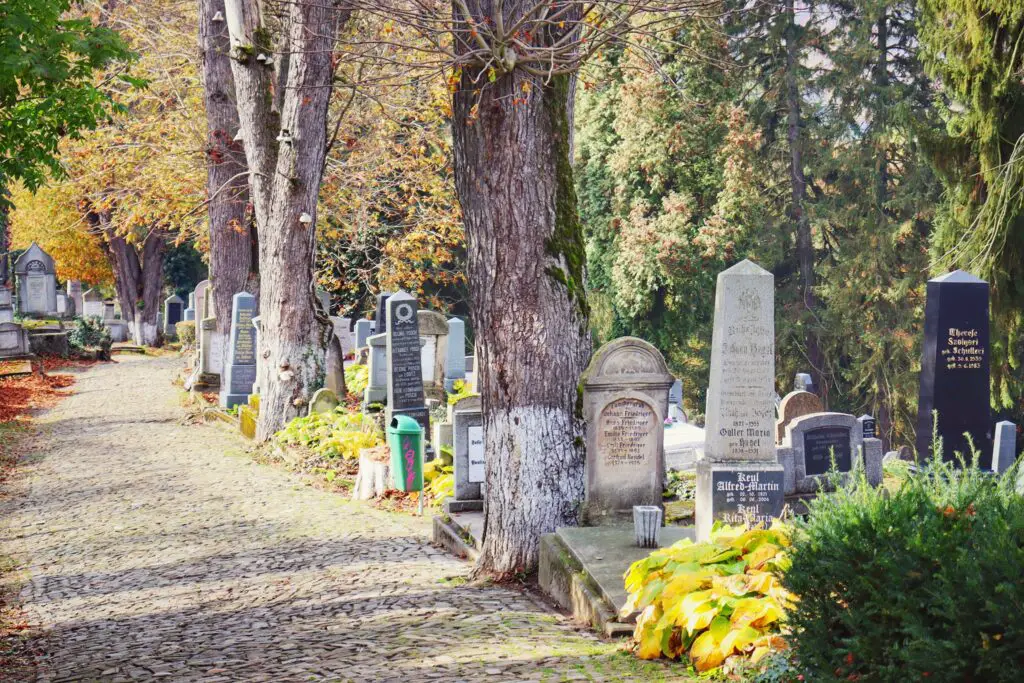This post may contain affiliate links. At no cost to you, purchases made through these links may result in a small commission for Traveling Transylvania. We never recommend products that we don’t know and trust. Thank you for your continued support!
- The Origin of Vampires in Transylvania
- Vampire Tales and Other Folklore from Transylvania, Romania
- Transylvania: A Land Synonymous with Vampires
- Transylvania's Haunting Ambiance: A Landscape Crafted for Myths and Legends
- Journeying Through Haunted Transylvania: An Immersive Experience
- Dracula’s Impact on Haunted Transylvania’s Tourism
- Transylvania – More Than a Vampire's Homeland
Transylvania: a name that sends a thrill down the spine, not just for its ethereal beauty but for the spine-chilling legends and mysteries it cradles within its forests and imposing mountains. Encased in the heart of Romania, Transylvania has etched its name deep into the realm of horror and mythology as the dwelling of the most infamous of nocturnal creatures – vampires. This lore-laden region has seduced the curiosity of historians, folklore enthusiasts, and adventure seekers alike, promising a journey that travels beyond the realm of the ordinary, into the extraordinary.
From the blood-soaked tales of Count Dracula to the chilling modern myths, vampires have become inextricably linked with Transylvania’s identity. An exploration into Transylvania’s vampire lore is not merely a dive into a mystical world; it’s a thrilling exploration of rich history, fascinating myths, and a unique culture that has reverberated across generations and oceans. But how did this connection between Transylvania and vampires come about? And what is it about this region that breeds tales of the supernatural, especially of the blood-thirsty undead?
Join us as we journey through the moonlit lanes of Transylvania, exploring its folklore, tracing the origins of the vampire myth, and uncovering why this land has become a symbol of these mysterious creatures of the night. Brace yourself as we traverse through the shadows, into the hauntingly beautiful world of Transylvania vampires. From the notorious Count Dracula to the chilling modern vampire tales, we delve into the mysteries that continue to shroud this enigmatic land.
The Origin of Vampires in Transylvania
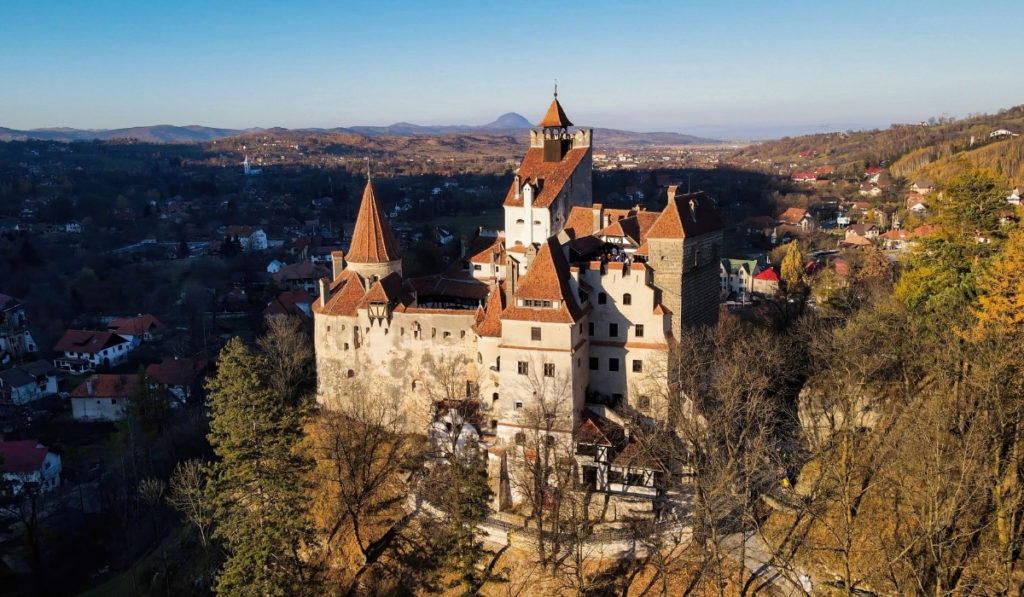
The link between Transylvania and vampires is a tale that transcends time, deeply rooted in history and popular culture. Interestingly, the most notable vampire from Transylvania, Count Dracula, is a fictional character from Bram Stoker’s 1897 novel, Dracula. This iconic tale, translated into over 50 languages and adapted into numerous films and television series, has cemented the image of the Transylvanian vampire into the global psyche.
In Stoker’s novel, Count Dracula is depicted as a centuries-old vampire residing in a decrepit castle in the Carpathian Mountains. Despite its fictionality, the character has historical ties that lend it a semblance of authenticity. The character of Count Dracula is widely believed to have been inspired by Vlad III or Vlad the Impaler, a 15th-century ruler of Wallachia, a region in Romania.
Vlad the Impaler was infamous for his brutal and blood-thirsty rule. His favorite method of punishment was impalement, earning him his grim moniker. Despite the geographical and temporal distance, Vlad was not from Transylvania nor lived in the era of Stoker, the connection between Vlad’s cruel reign and the character of Count Dracula has deepened the association of Transylvania with vampires.
However, vampire lore predates Stoker’s Dracula and is not limited to this region. Various cultures worldwide have their versions of vampire-like creatures, but it is in Eastern Europe, especially in Transylvania, where these myths seem to be more concentrated and rich.
Vampires Prior to Stoker
Prior to Stoker’s work, tales of vampires were prevalent in Transylvanian folklore. The undead, or “strigoi” in local language, were feared entities believed to rise from their graves and prey on the living. These stories, passed down generations, were perhaps reflections of the people’s deep-seated fears and ways to explain unaccountable deaths, especially during plague times.
In weaving the story of Count Dracula, Bram Stoker incorporated these existing myths, historical figures, and Transylvania’s remote and mysterious landscape, popularizing a version of vampire folklore that persists to this day.
From fact to fiction and back again, the labyrinthine origin of vampires in Transylvania is as captivating as it is eerie. The next time you hear a whisper about Count Dracula, remember the real-life blood-thirsty ruler and centuries-old folklore that birthed this legendary creature of the night.
Vampire Tales and Other Folklore from Transylvania, Romania
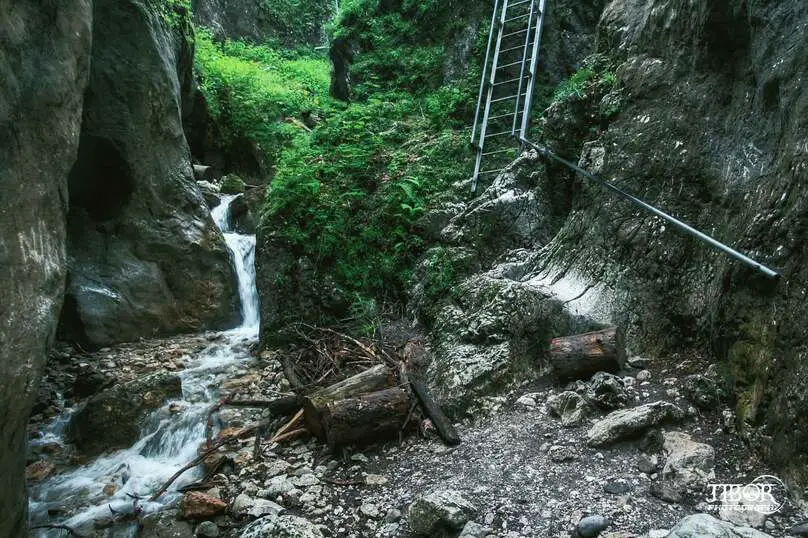
Transylvania, with its rich Romanian traditions, is a hotbed of captivating myths and legends that extend beyond its renowned vampire lore. These folklore tales, embedded in Transylvania’s cultural tapestry, serve as more than just supernatural tales. They reflect deeper societal and philosophical underpinnings, revealing truths about life, death, and the eternal tug-of-war between good and evil. Transylvania’s vampire lore, thus, forms a part of a broader mythical universe, enriching the region’s cultural heritage and oral traditions.
Shadows in the Night: The Lesser-Known Vampires of Transylvania
While Count Dracula often steals the limelight, Transylvania’s folklore is steeped in other vampire tales. Entities like the “moroi” and “strigoi” form an essential part of this tradition. “Moroi” are spirits of unbaptized infants, feared to rise from their graves, while “strigoi” are the powerful undead who drain their victims’ vitality through blood consumption. Despite being lesser-known, these tales have shaped Transylvania’s cultural customs related to death and burial.
Dancing Maidens and Weather Wizards: The Rich Folklore of Transylvania
Beyond vampire tales, Transylvania’s folklore teems with diverse narratives. Take, for instance, the legend of the “iele.” These enchanting yet terrifying maidens with magical powers are said to dance under the moonlight. Beware, though, for those who dare to watch their dance face severe punishment.
Another captivating myth revolves around the “solomonari,” sorcerers with control over weather and dragons. Chosen at birth, these sorcerers are taught their craft in secret mountain hideaways by the devil himself.
Transylvania: A Land Synonymous with Vampires
Transylvania’s reputation as the realm of vampires is no coincidence but the product of a fascinating interplay of factors that have shaped its identity over the centuries. All these elements, intertwined through fact and fiction, history and myth, have shaped Transylvania’s identity as the undisputed epicenter of vampire lore. It’s a testament to the power of storytelling and cultural resonance that a land with such rich history is internationally recognized for its association with these legendary creatures of the night.
Stoker’s Transylvania: The Birth of a Vampire’s Lair
Bram Stoker’s novel, Dracula, served as the primary catalyst in connecting Transylvania with vampires. The author’s depiction of the Carpathian Mountains, ancient castles, and dense forests painted a hauntingly vivid picture that echoed in the global psyche. Although Stoker never visited Transylvania, his research and imagination crafted an immortal setting for his chilling narrative.
Blood and Death: Transylvania’s Historical Associations
The blood-soaked reign of Vlad the Impaler further strengthened Transylvania’s connection with the undead. Known for his terrifyingly gruesome methods of execution, Vlad provided an eerily apt historical anchor for Stoker’s Dracula and the subsequent association of Transylvania with vampires.
From Myth to Mouth: The Role of Oral Tradition
Local superstitions and stories passed down through generations have also significantly influenced Transylvania’s vampire narrative. The region’s rich folklore, replete with tales of the supernatural, has underscored Transylvania’s image as a realm where the natural and supernatural realms often blur.
The Vampire Capital: Popular Culture’s Contribution
The entertainment industry’s fascination with vampires helped in solidifying Transylvania’s association with these nocturnal creatures. Countless adaptations of vampire tales in films, TV series, and books have played a significant role in reinforcing the image of Transylvania as the vampire homeland.
Transylvania’s Haunting Ambiance: A Landscape Crafted for Myths and Legends
Transylvania’s physical environment is as integral to its vampire legends as the stories themselves. The region’s landscape has not only been the backdrop of these tales but has actively fueled the creation and preservation of vampire lore. The natural elements come together to create an ambiance that inspires tales of the mystical and the macabre, further enhancing its reputation as a land synonymous with vampires. The next time you hear a vampire tale from Transylvania, remember that the region’s hauntingly beautiful landscape plays a starring role in the narrative.
The Enchanting Carpathian Mountains
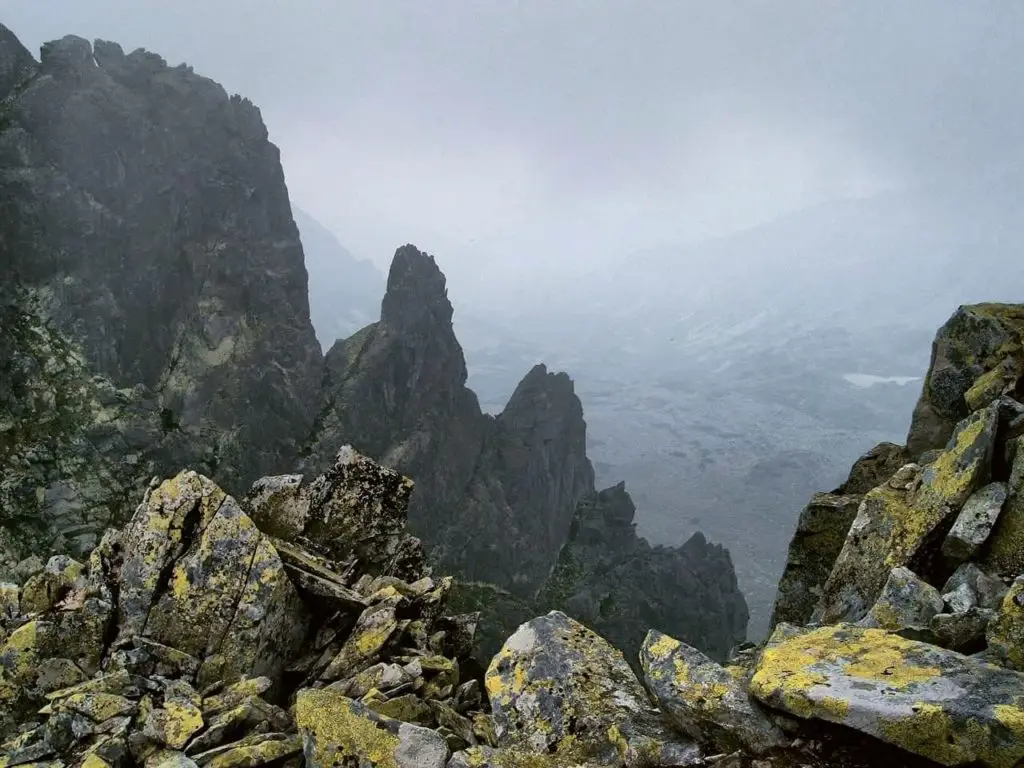
Dominating the Transylvanian landscape are the Carpathian Mountains. This mountain range, with its vast and dense forests, lends a sense of isolation and remoteness to the region. The rugged peaks and valleys are often shrouded in mist, creating an ambiance of mystery and intrigue. This topography feeds into the narratives of hidden creatures and eerie happenings, providing the perfect setting for tales of the supernatural.
The Whispering Woods and Rivers
Transylvania’s sprawling forests are rich in biodiversity, hosting an array of wildlife. Transylvania actually means ‘the land beyond the forest’. The rustling leaves, nocturnal animal sounds, and the gurgling of the rivers in these forests can easily ignite the imagination, leading to tales of unseen beings lurking in the shadows. The woods, often painted as bewitching places where the natural and supernatural blend, have undoubtedly contributed to the region’s eerie folklore.
The Echoes of Ancient Castles
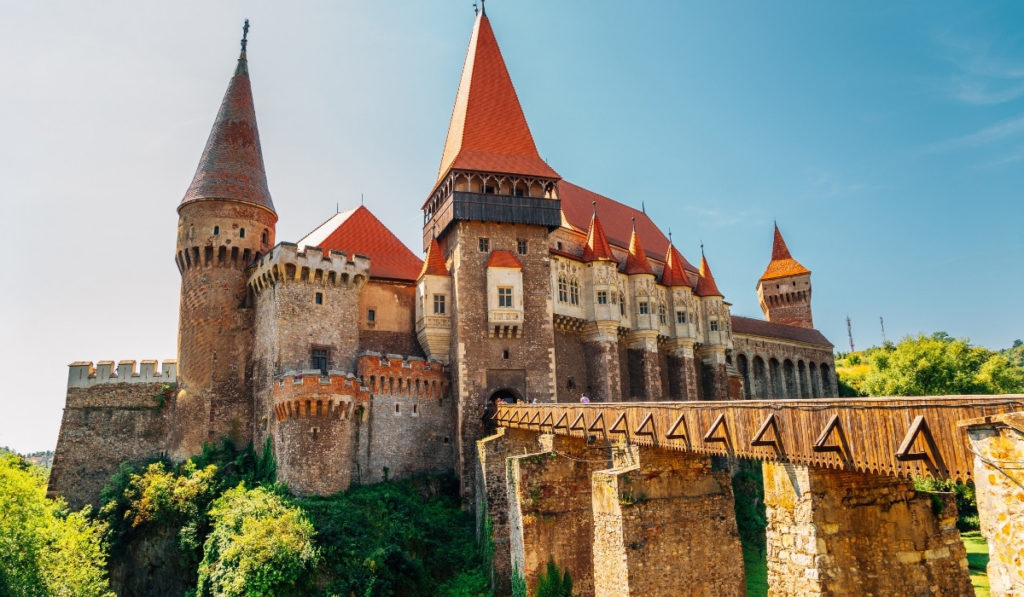
The region is dotted with ancient castles and fortresses, each steeped in history and filled with tales of their own. These structures, often perched on high cliffs and surrounded by dense forests, present an image straight out of a gothic novel. The most famous of these is Bran Castle, widely known as Dracula’s Castle, despite having no direct link to Bram Stoker’s novel or Vlad the Impaler. Regardless, these edifices enhance the region’s atmospheric charm and are tangible relics that seem to affirm the tales of the undead.
Journeying Through Haunted Transylvania: An Immersive Experience
Transylvania, with its evocative landscape and deep-rooted vampire lore, offers a unique experience for those who dare to explore it. Transylvania’s ‘haunted’ locales offer a thrilling immersion into the region’s history, folklore, and vampire narratives. These sites, each with their unique tales and atmospheric charm, continue to captivate visitors, making Transylvania an unrivaled destination for those seeking a brush with the supernatural.
Bran Castle: The Symbolic Lair of Count Dracula
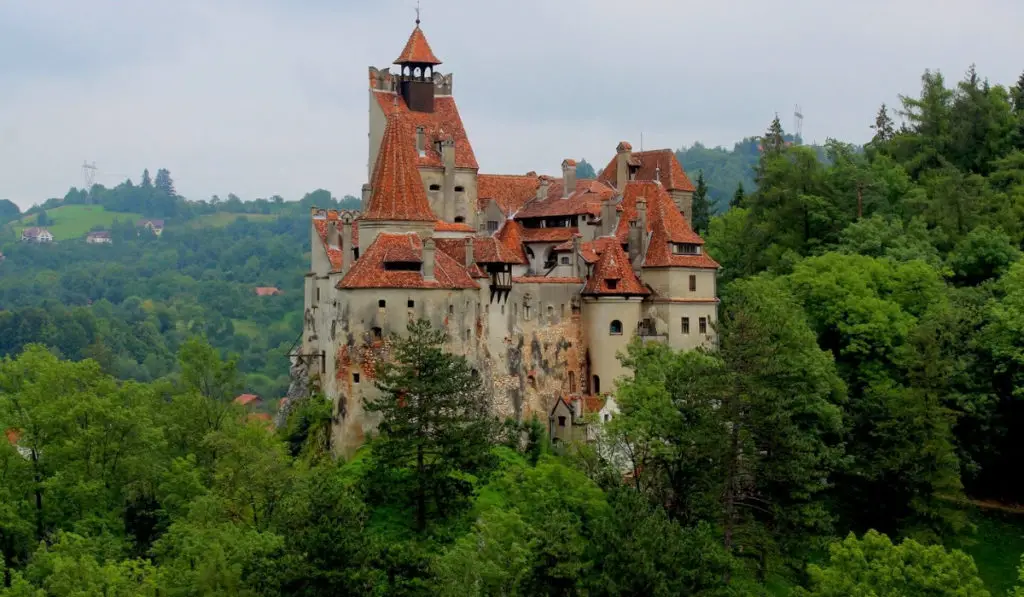
While it’s debatable whether Bran Castle was Stoker’s inspiration for Dracula’s Castle, it has unquestionably become a symbol of Transylvania’s vampire lore. Nestled on a cliff, its towering walls and secret passageways capture the imagination, making it a must-visit destination for any vampire enthusiast. Night tours of the castle, often lit by torchlight, offer an incredibly eerie experience, as guides weave tales of the supernatural, adding an extra layer to the castle’s historical significance.
Sighișoara: The Birthplace of Vlad the Impaler
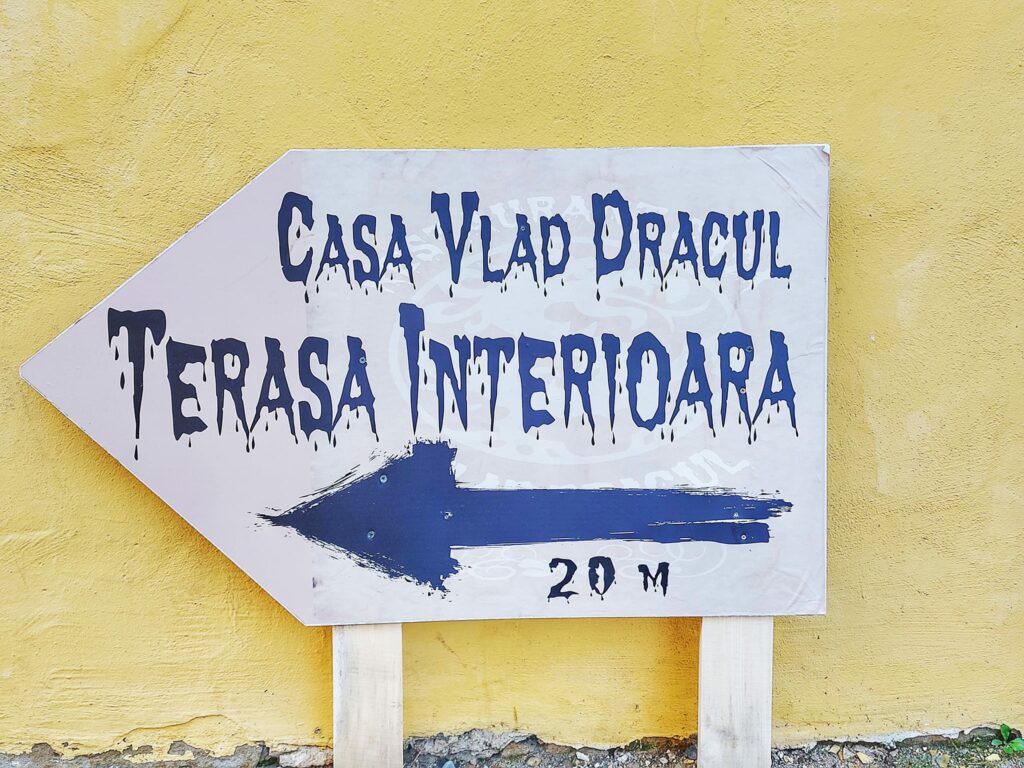
Sighișoara, a picturesque town in Transylvania, is notable for being the birthplace of Vlad the Impaler. The well-preserved medieval architecture and cobblestone streets take visitors back to the time of Vlad’s rule. The town’s eerie past becomes particularly palpable during the annual Medieval Festival when folklore and history combine to create a hauntingly captivating atmosphere.
Hoia Baciu Forest: The World’s Most Haunted Forest
Hoia Baciu Forest, just outside of Cluj-Napoca, is often referred to as the world’s most haunted forest. With its reputation for unexplained phenomena, including strange lights, ghost sightings, and feelings of anxiety, the forest has drawn paranormal investigators worldwide. The distinctive circular clearing, known as the “Round Meadow,” is said to be a hotspot for such phenomena.
The Corvin Castle: A Haunted Gothic Masterpiece
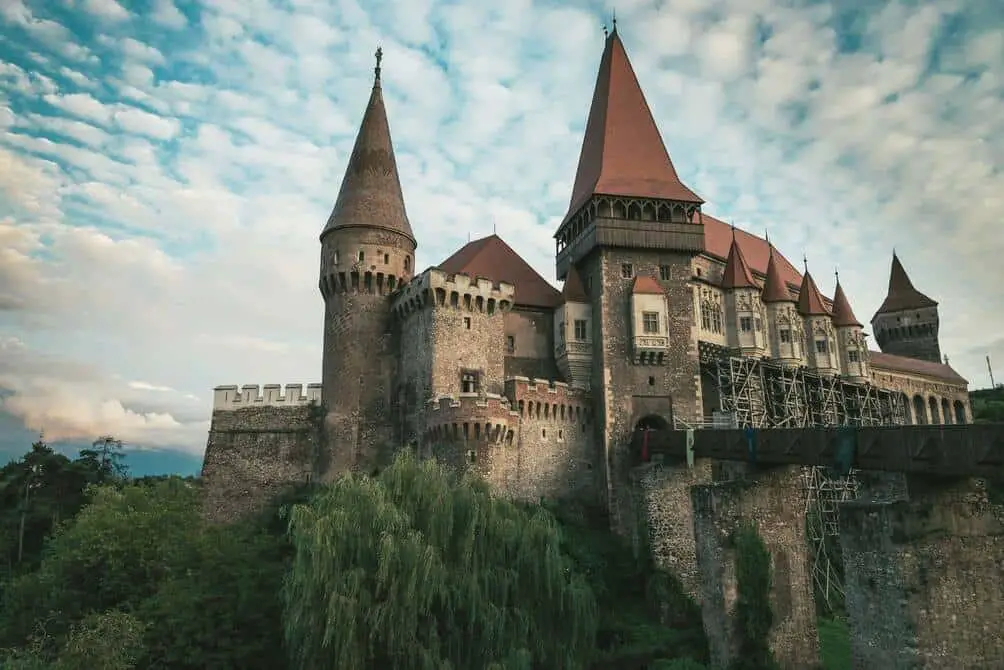
The imposing Corvin Castle, one of the largest in Europe, is associated with tales of the supernatural. Its dark and damp dungeons are rumored to have housed Vlad the Impaler, with legends suggesting that he lost his sanity within these walls. The castle’s Gothic architecture, complete with looming towers, high buttresses, and a dramatic drawbridge, contributes to its eerie atmosphere.
Dracula’s Impact on Haunted Transylvania’s Tourism
Count Dracula has played a crucial role in shaping Transylvania as a major tourist destination. His association with landmarks such as Bran Castle has helped drive tourism, drawing visitors keen to explore the ‘home’ of their favorite vampire. Events like the Dracula Film Festival in Brasov also attract fans of the supernatural from all over the world.
Count Dracula’s legacy lives on in Transylvania, echoing in its historic castles, cobblestone streets, and eerie forests. This fictional vampire has become a cornerstone of Transylvania’s cultural identity and continues to draw curious minds to the land known as the birthplace of vampires. Through Dracula, Transylvania’s vampire tales and folklore continue to resonate globally, keeping the region’s unique cultural heritage alive and captivating.
Transylvania – More Than a Vampire’s Homeland
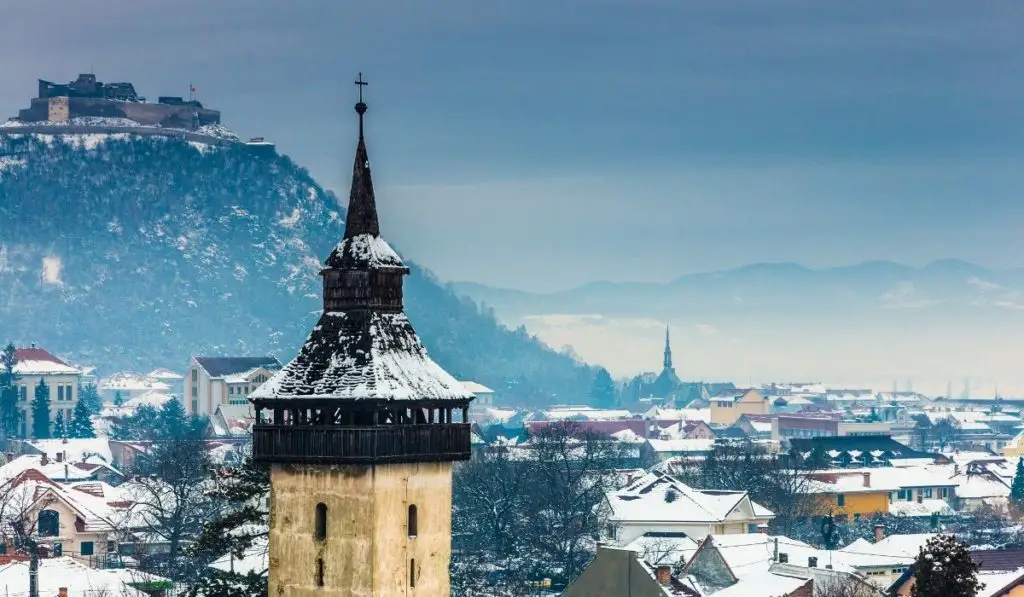
Transylvania, the name often evokes images of vampires, haunted forests, and ancient castles. But delve deeper, and you’ll discover a region teeming with history, rich in culture, and stunning in its natural beauty. In this mysterious land, each cobblestone street, each mountain peak, and every local tale weaves a multifaceted narrative that transcends its reputation as a vampire’s homeland. So, whether you’re drawn to the allure of vampire lore or the call of unexplored cultural landscapes, Transylvania awaits, ready to share its captivating and diverse stories.

